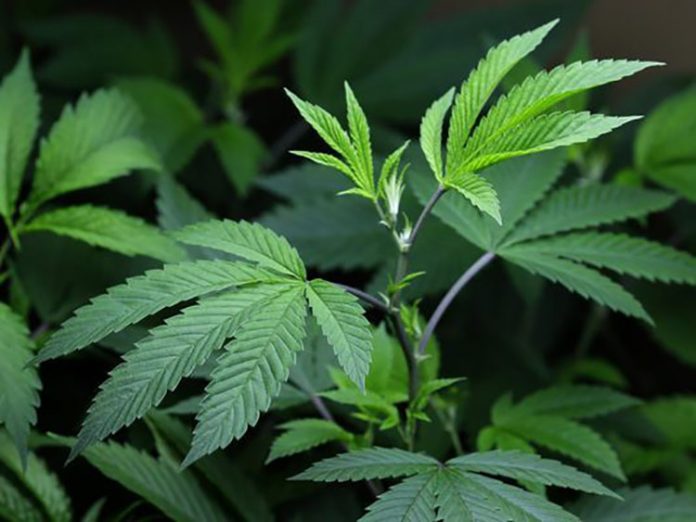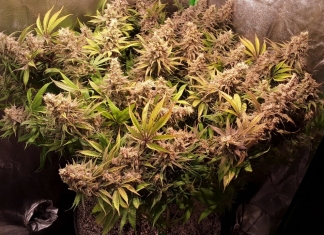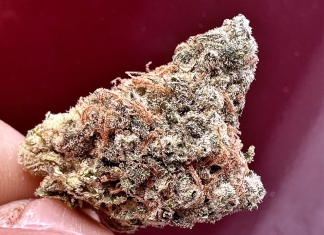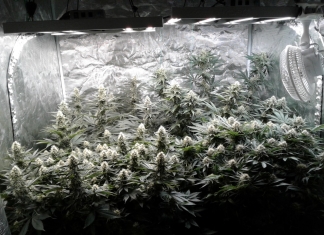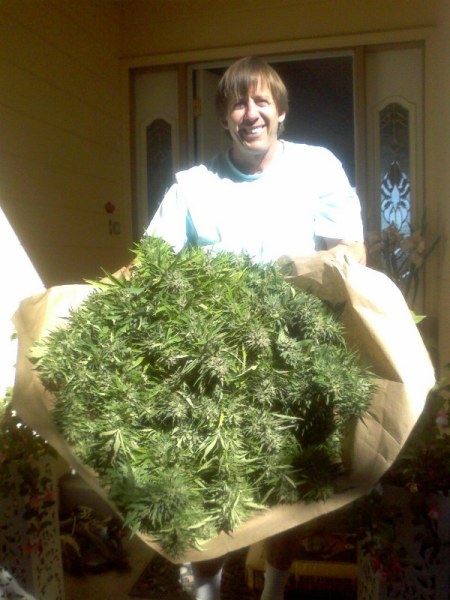For many investors, making a positive social impact is becoming increasingly important. For some, doing good has become as essential as doing well. This goal is at the heart of impact investing, which the Global Impact Investing Network (GIIN) defines as investing “with the intention to generate social and environmental impact alongside financial return.”
The pursuit of this so-called double-bottom-line is the Holy Grail for the impact investing industry. However, the challenge still facing many investors is how to make a significant impact without sacrificing returns. This is especially true of institutional investors, who often need to write eight- or nine-figure checks in order to justify an allocation.
Cannabis is one of the few industries that satisfies all of the above conditions, making it the perfect impact investment. First, let’s discuss financial return: Analysts at Cowen & Co. estimate that the U.S. market for cannabis will reach more than $50 billion by 2026, up from about $9 billion today. Although cannabis is still a nascent market, global consumer demand is well-established. According to recent polls, approximately 1 in 8 U.S. adults consider themselves regular consumers. Despite the many risks unique to cannabis investment, investors who get in early may be able to enjoy hyper growth returns reminiscent of the dot-com boom.
Second, let’s discuss social impact. I asked Emily Paxhia, founding partner of Poseidon Asset Management, a prominent cannabis investment fund, for her take on the matter. “Investing in cannabis is rewarding not only for the returns we see, but also for the social and environmental benefits. While it might not seem like impact investing at first glance, there are additional positive outcomes to capitalizing the cannabis industry. We have seen communities benefit from job creation, reduced opiate addiction and advances in criminal justice reform.”
Here are examples of how cannabis can generate significant positive social impact:
Public Health
The medical benefits of cannabis are well-documented, and millions of patients have now embraced cannabis as a cheaper, safer and more effective option to help treat severe illnesses such as cancer, epilepsy and PTSD.
With proper R&D and regulation, cannabis will regain its place as a mainstay in the medicine cabinets of every American household –a status the plant enjoyed prior to prohibition. Medical marijuana also represents one of the only viable, scalable solutions to the opiate epidemic, which experts estimate is costing the U.S. more than $500 billion in economic productivity each year (to say nothing of tens of thousands of overdoes deaths).
Criminal Justice Reform
The war on drugs has really been mostly a war on young people of color. Even though cannabis consumption rates are nearly uniform across races, black and brown Americans are anywhere from four to 10 times more likely to be arrested for marijuana use or possession, depending on geography. There are today more than half a million Americans serving sentences in federal prison for possession of marijuana. The mass incarceration and criminalization of drug users may be great for the prison industry, but for the rest of society it fuels systemic racial and economic inequality which is destructive to our nation’s values and well-being.
As legalization advances and prohibition eventually ends on the federal level, the millions of lives damaged by the war on drugs will be able to receive some healing, support and perhaps participation in the now booming industry. Furthermore, the policy shift around cannabis represents an opportunity to institute a more compassionate, harm-reduction approach toward drug users. Imagine if instead of criminalizing, punishing and dehumanizing people who suffer from substance abuse problems, our institutions provided counseling, mindful care and rehabilitative treatment.
Agriculture & Sustainability
Hemp was farmed in most parts of the country from earliest colonial time right up until the onset of cannabis prohibition in the early 1900s. Hemp is easier and cheaper to grow than cotton or corn, is far less harmful to the surrounding environment and much more versatile for a wide range of textiles. Hemp is used to make products as varied as footwear, luggage, clothing, rope, paper and plastic.
Compared to cotton, hemp requires about two-thirds as much water to grow and one quarter as much water to process. One acre of hemp will produce as much fiber as two to three acres of cotton. Hemp fiber is also stronger than cotton and lasts twice as long. Industrial hemp has the potential to revive entire agricultural communities.
Hemp can even be used to remove toxic chemicals from the ground or surrounding streams. A joint effort in 1998 to decontaminate the area around Chernobyl found that hemp plants can absorb large amounts of radiation through its roots, effectively removing many of the contaminants in the water and soil. Hemp has also been proven to absorb heavy metals from soil, making it a potentially cost-effective solution to cleaning up the thousands of contaminated sites scattered around the country. Currently, America is the world’s leading importer of hemp.
Food & Nutrition
Hemp is also a superfood. Hemp seeds are high in fiber, iron, phosphorus, potassium, calcium, zinc, vitamin E and magnesium. The plant contains all 20 amino acids, including nine of the essential amino acids our bodies can’t produce. Compared to other popular sources of nutrition such as chia seeds, quinoa and flax seeds, hemp seeds provide as much as 75 percent more protein. It’s no surprise, then, that hemp seeds are often used in protein powers and health foods such as energy bars. Hemp seeds can also be used by farmers as animal feed for horses, cows and chickens — likely a healthier choice than what they’re fed today.
Many investment firms have already taken steps toward growing the cannabis industry. By viewing cannabis through the lens of both its financial and social potential, investors have an opportunity to make a positive and long-lasting impact. To view cannabis as anything other than an impact investment is to be missing the bigger picture.


